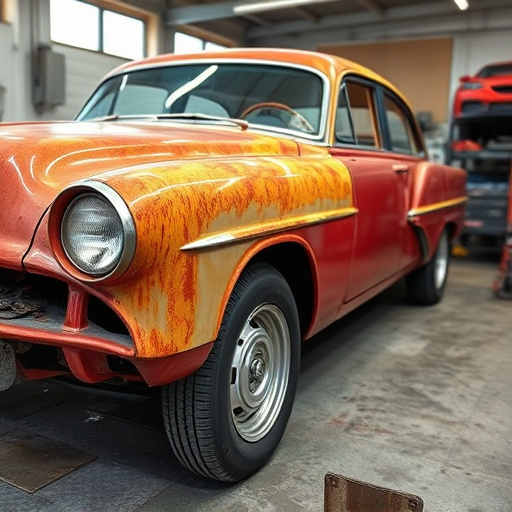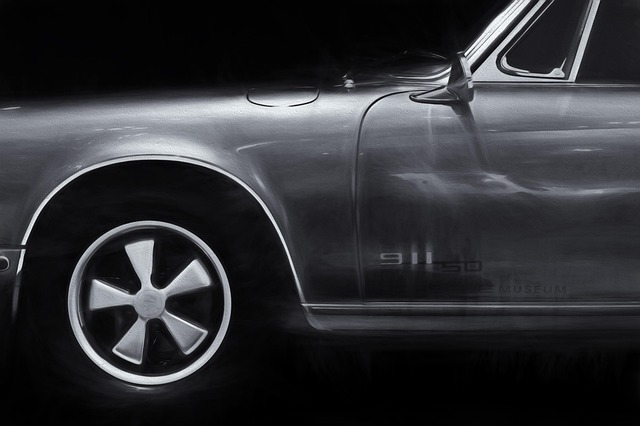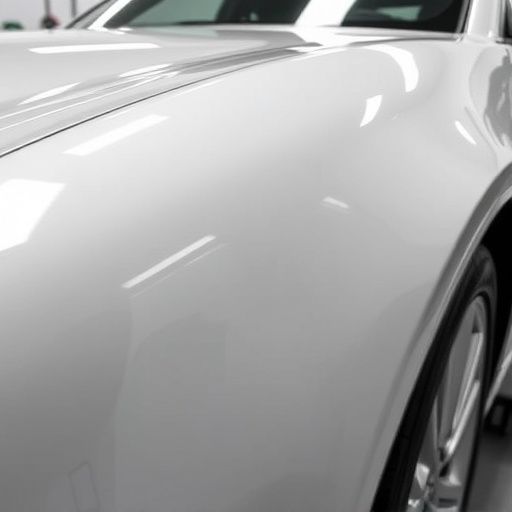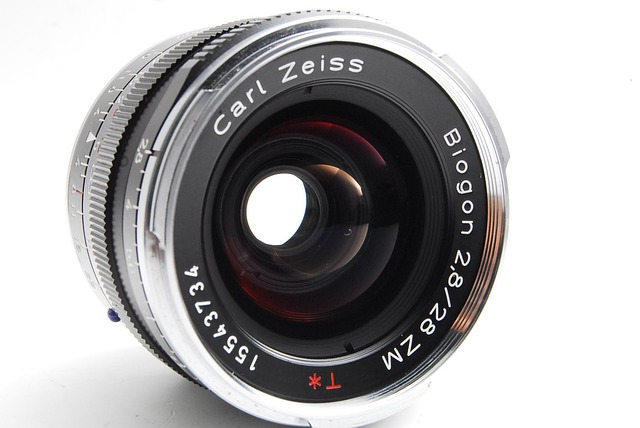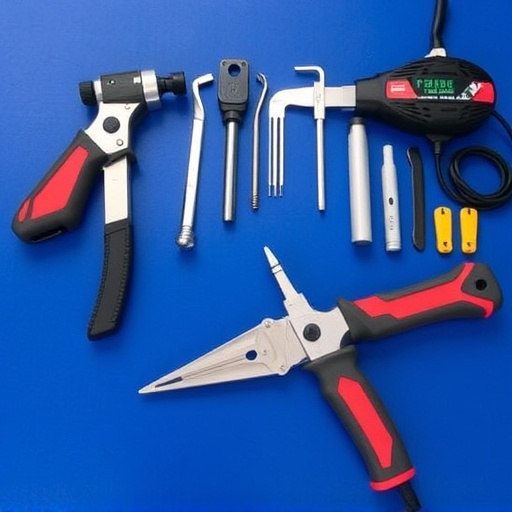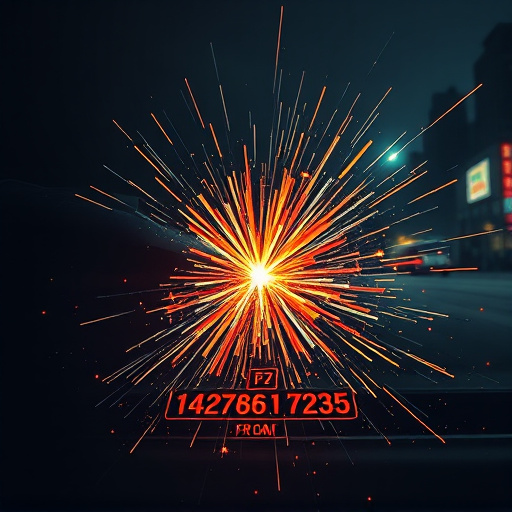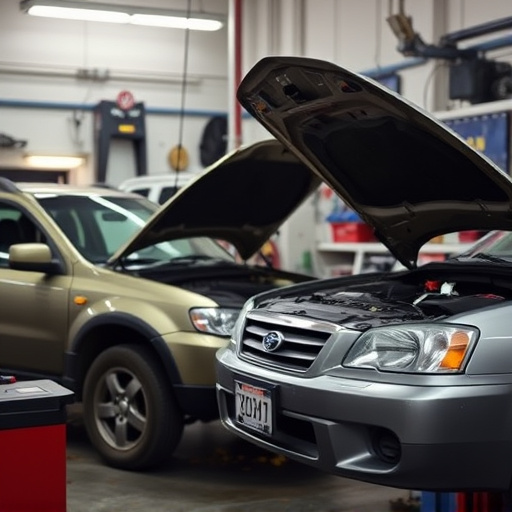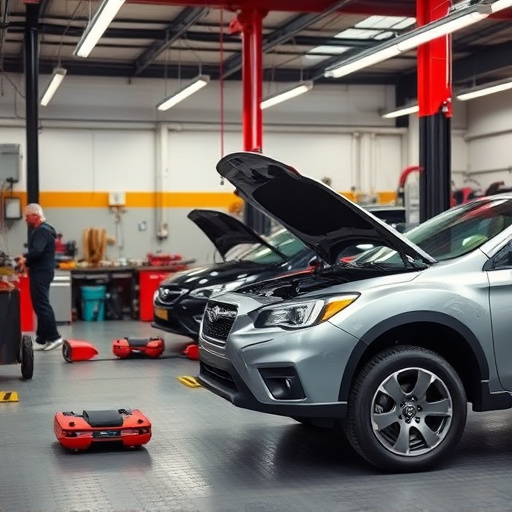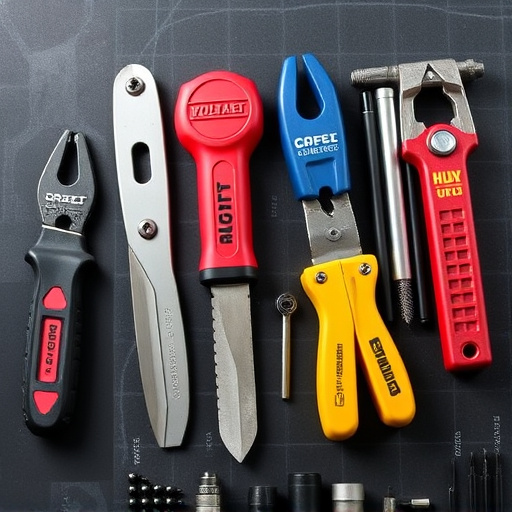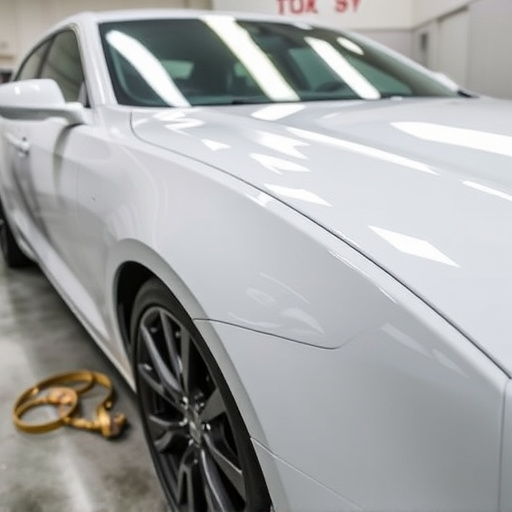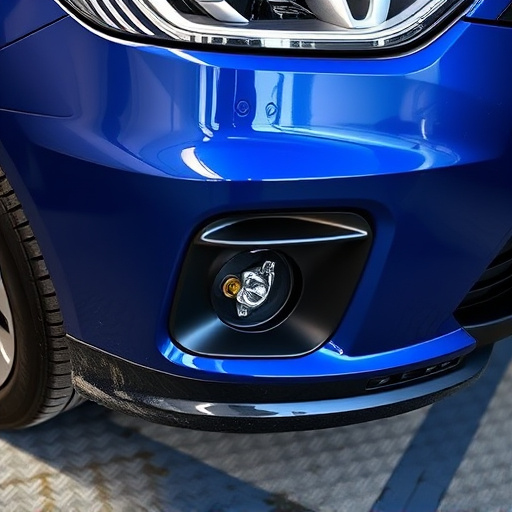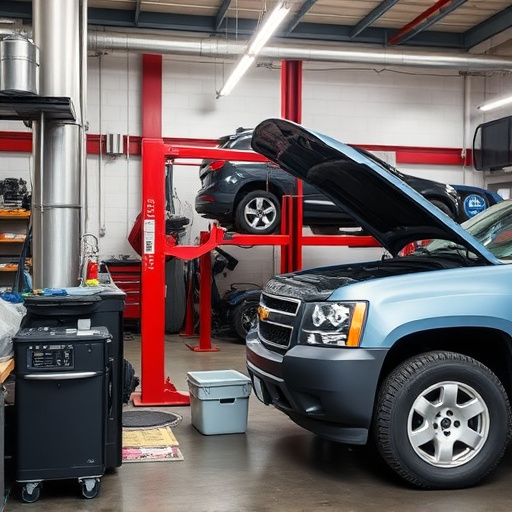Plasma cutting is a precise technique using ionized gas to cut diverse materials with minimal distortion. Renowned for handling complex shapes in automotive repairs, it offers unparalleled speed and precision over traditional methods. Advantages include non-contact cutting, clean cuts, and control over intricate patterns, but it's limited by heat distortion requiring post-processing and specialized equipment. Collision repair shops use plasma cutting for panel replacement, demanding skill and safety due to its intense nature. It excels in car paint repairs, minimizing disruption to adjacent surfaces in complex shapes.
Plasma cutting has emerged as a powerful alternative to traditional mechanical cutting methods, offering precision and efficiency in various industries. This innovative process utilizes a high-velocity stream of ionized gas to cut through materials, from metal to wood. In this article, we’ll explore the fundamentals of plasma cutting, dissect its advantages and disadvantages compared to conventional techniques, and uncover the diverse applications where its unique capabilities excel.
- Plasma Cutting: An Overview of the Process
- Advantages and Disadvantages Compared to Traditional Methods
- Applications Where Plasma Cutting Shines
Plasma Cutting: An Overview of the Process
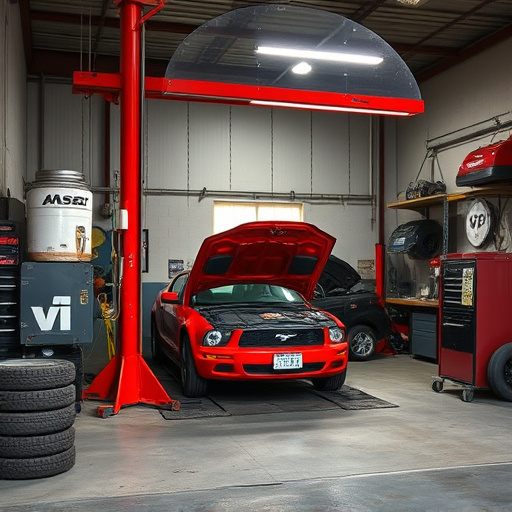
Plasma cutting is a sophisticated process that utilizes ionized gas to precisely cut through various materials, from thin sheets of metal to thick structural components. It operates by heating and melting the material at the cutting edge, creating a high-temperature plasma arc that burns its way through, leaving a clean and precise cut. This method is renowned for its versatility and ability to handle complex shapes and intricate patterns, making it a favorite among industries such as automotive and fleet repair services, as well as in car repair shops.
The process begins with the introduction of a gas mixture, typically consisting of air or an inert gas like argon, into a confined space where an electrical current is passed through it, ionizing the molecules and creating plasma. The high-energy plasma is then directed towards the material to be cut, melting and vaporizing it instantaneously. This precise and controlled heat input ensures minimal material distortion, making plasma cutting ideal for maintaining the integrity of delicate components in auto body repairs.
Advantages and Disadvantages Compared to Traditional Methods
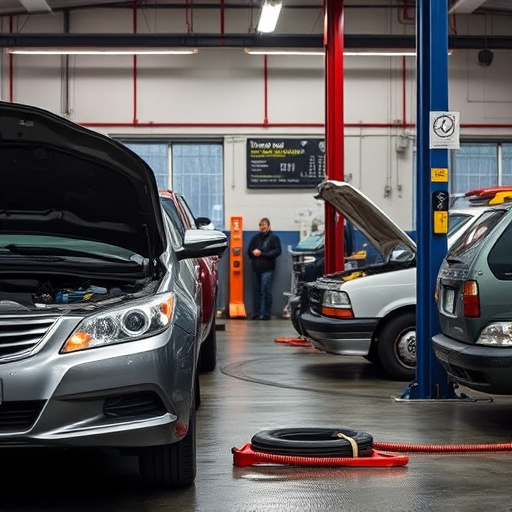
Plasma cutting stands out from traditional mechanical cutting methods due to its unique advantages. One key benefit is precision; plasma torches can cut complex shapes and intricate details with remarkable accuracy, making it ideal for custom fabrication projects. This method also offers a faster cutting speed compared to many hand tools or laser cutters, reducing production time significantly. Furthermore, plasma cutting is versatile, capable of handling various materials from metal sheets to thick structural components, and even some plastics. It’s particularly useful in industries like automotive restoration, where precise repairs and modifications are required, including tasks that might involve tire services or Mercedes Benz repair for unique, custom-fitted parts.
However, there are also disadvantages compared to traditional methods. Plasma cutting generates significant heat, which can lead to material distortion or warping, especially in thinner sheets. This may require additional steps for post-cutting treatment to restore the material’s integrity, which can be costly and time-consuming. Another potential issue is the need for specialized equipment and training, making it less accessible for small workshops or DIY enthusiasts. Unlike collision repair shops that might use plasma cutting for precise panel replacement, maintaining a high level of skill and safety is crucial due to the intense heat and energy involved.
Applications Where Plasma Cutting Shines
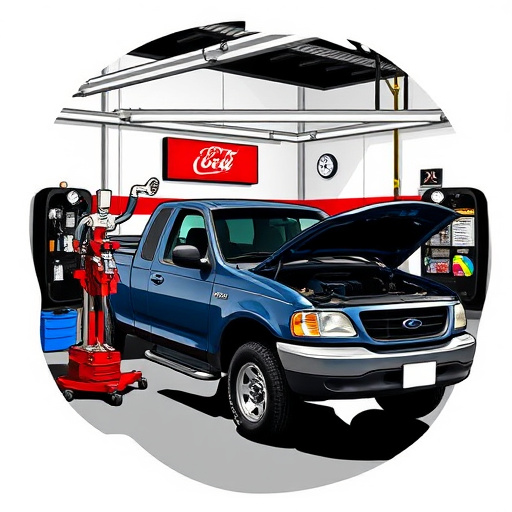
Plasma cutting stands out in various applications where precision and efficiency are paramount. Its non-contact nature makes it ideal for cutting materials like metal, aluminum, and stainless steel without leaving behind any burn marks or damaging the surface. This is a significant advantage over mechanical cutting methods in auto body repairs and car bodywork, where maintaining the integrity of the material is crucial.
In car paint repair, plasma cutting offers a clean and controlled process. It allows for intricate cuts, making it perfect for removing damaged panels or contoured parts without affecting adjacent surfaces. Unlike collision damage, where traditional mechanical cutters might struggle with complex shapes, plasma cutting provides a precise, consistent, and gentle approach, ensuring minimal disruption to the overall car paint job.
Plasma cutting offers a compelling alternative to traditional mechanical cutting methods, with advantages like faster speeds, greater precision, and the ability to cut a wider range of materials. While it has some disadvantages, such as higher operational costs and potential safety concerns, its unique capabilities make it indispensable in various industries, from manufacturing to construction. By understanding the plasma cutting collision between speed, precision, and cost, professionals can harness its full potential for efficient and effective material removal.
